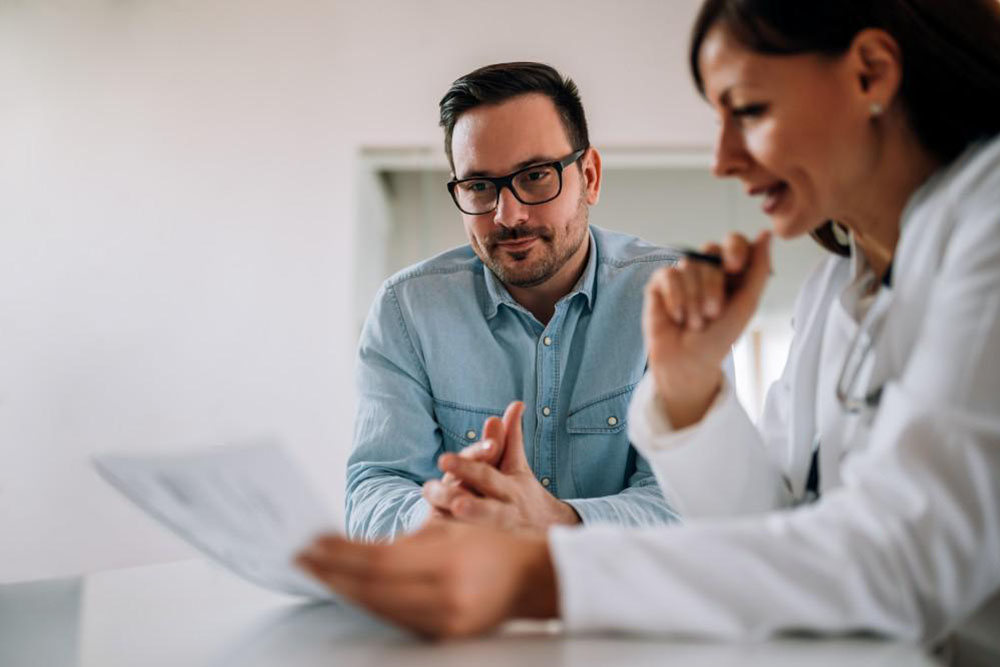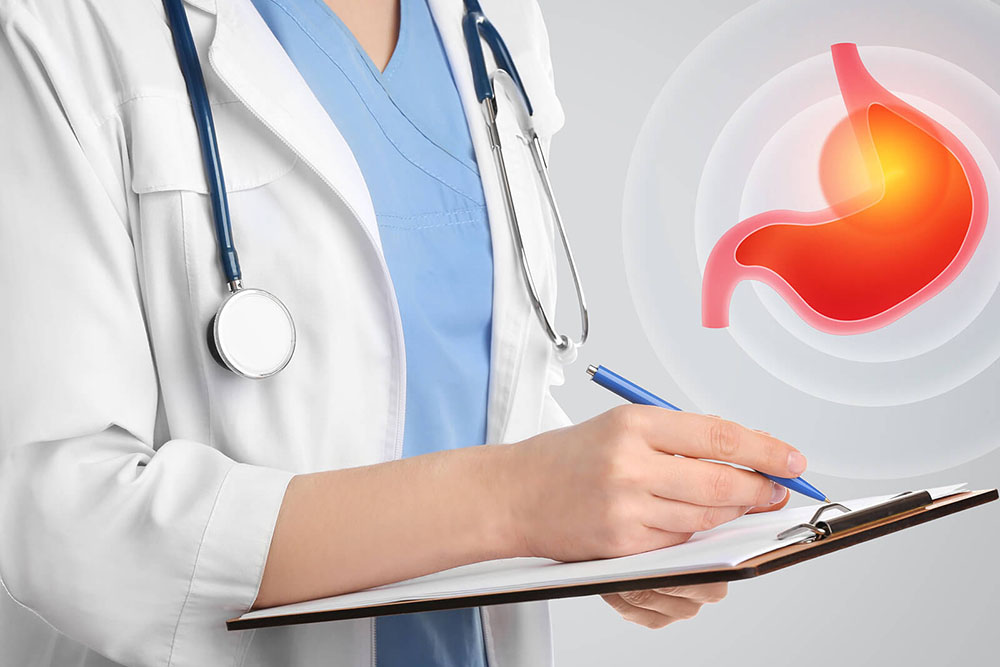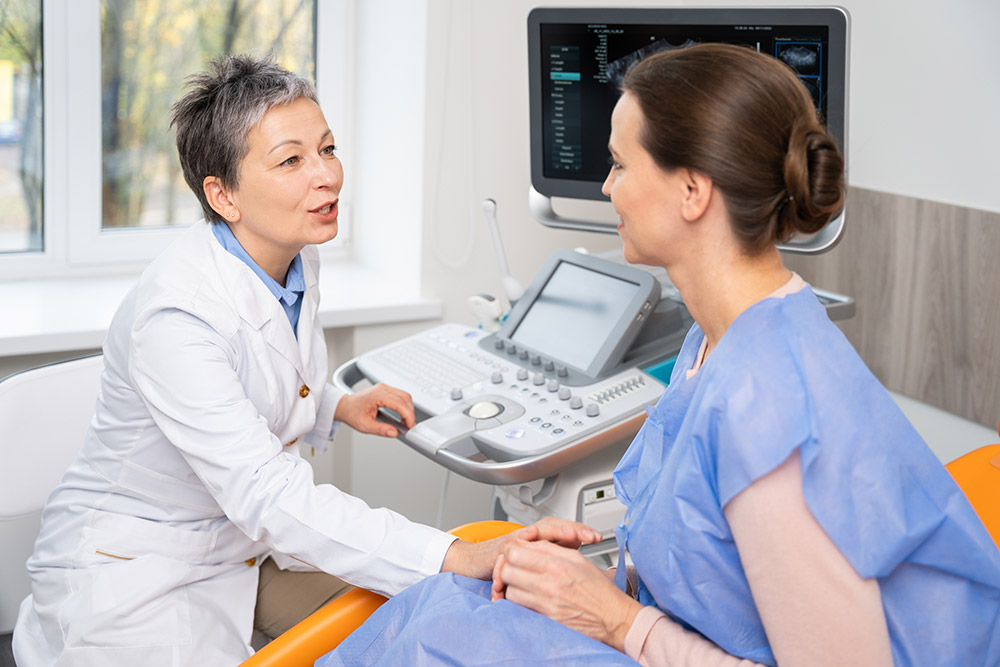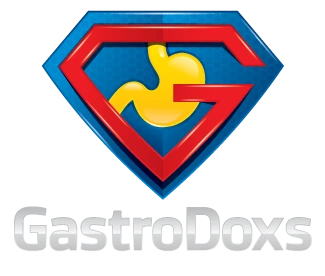Expert Treatment for Crohn's Esophagitis by Dr. Bharat Pothuri
Dr. Pothuri uses a step-by-step approach:
Medical History and Symptom Review
He discusses your epigastric pain, difficulty swallowing, weight changes, family history of Crohn's disease and any prior GI issues.
Upper Endoscopy (EGD)
A thin, flexible camera is passed down the throat to visualize the esophagus lining and identify inflammation, ulcers or strictures.
Biopsy
Small tissue samples are taken during endoscopy to confirm Crohn's-related changes and rule out other causes of inflammation.
Imaging Studies
- MRI enterography offers detailed views of the esophagus and surrounding structures.
- CT scan evaluates the extent of disease and checks for complications outside the esophagus.
Additional Tests (if needed)
Blood work (CBC, CRP) and stool studies help assess overall inflammation and exclude infections.
Frequently Asked Questions
What causes Crohn's esophagitis?
It occurs when your immune system mistakenly attacks the lining of the esophagus, causing deep inflammation, ulcers, and swelling.
How is Crohn's esophagitis different from GERD?
Crohn's esophagitis is driven by immune-mediated inflammation, whereas GERD is caused by stomach acid repeatedly flowing back into the esophagus.
How soon will I start feeling better?
Most patients notice symptom relief within a few weeks of beginning medical therapy and dietary adjustments, though individual responses vary.
Can Crohn's esophagitis increase my cancer risk?
The risk is low but not zero. Regular endoscopic surveillance and biopsies help detect any precancerous changes early.
Is esophageal dilation painful?
No. The procedure is performed under sedation, and you'll feel only mild pressure or discomfort afterward.
Will I need long-term medication?
Yes. Ongoing treatment with immunomodulators, biologics, or other maintenance therapies is usually required to prevent flare-ups and complications.












